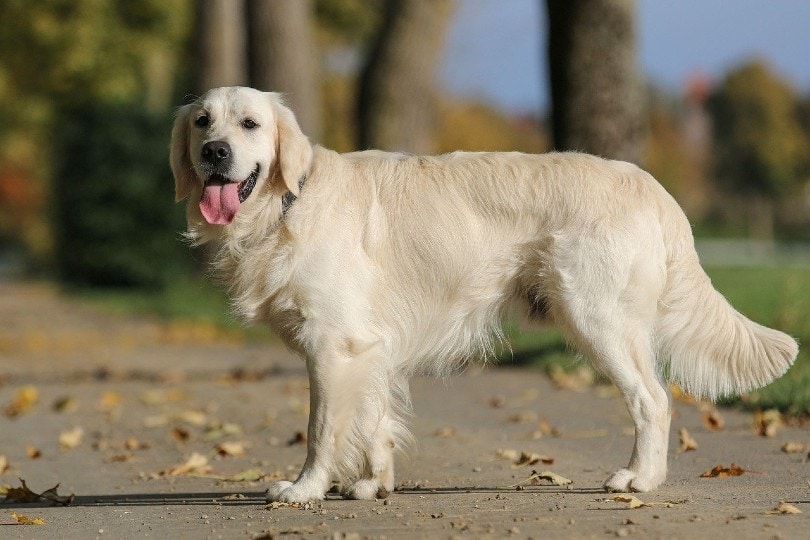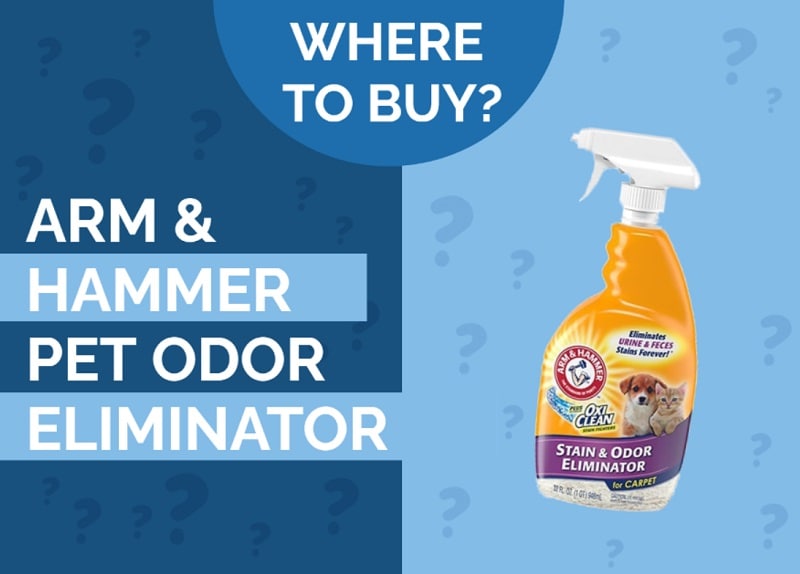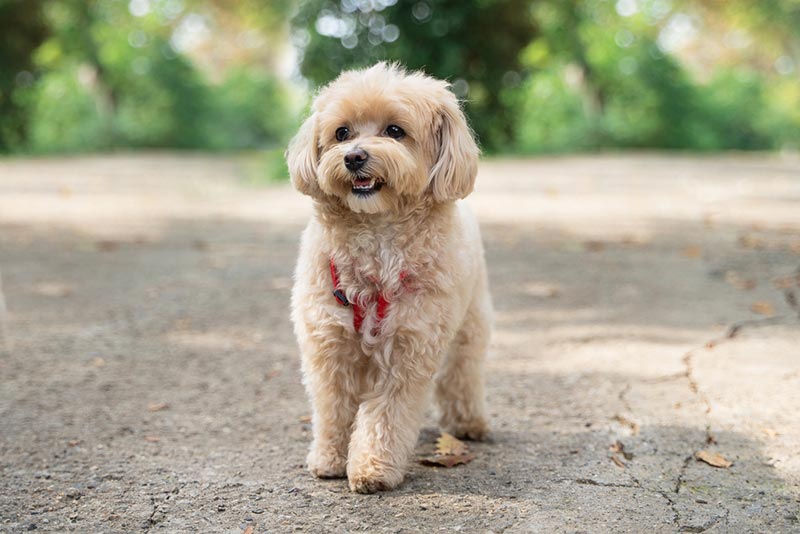Are Great Pyrenees Hypoallergenic? Breed Facts & FAQ
By Ed Malaker
Updated on
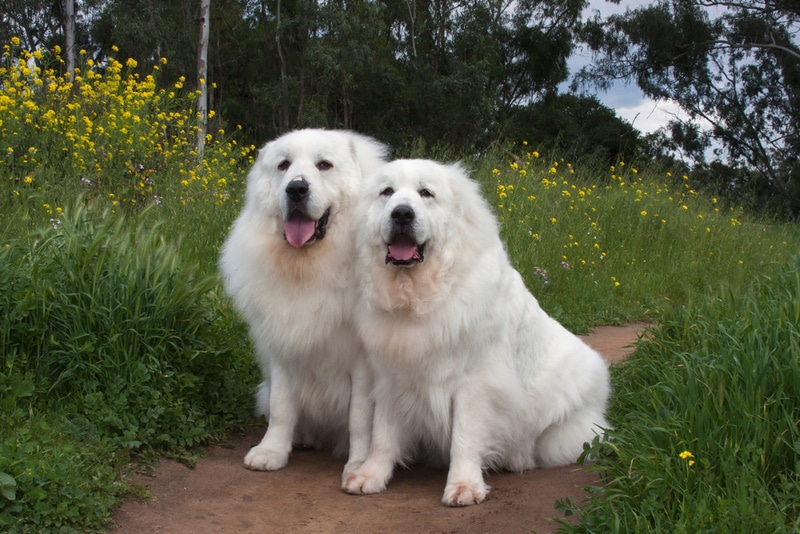
Click to Skip Ahead
Owning a dog can be a great experience, but if you or another family member suffers from pet allergies, it can be difficult to live together, causing many people to look for hypoallergenic breeds. One popular breed that many people wonder about is the Great Pyrenees. Unfortunately, Great Pyrenees are not hypoallergenic, but keep reading as we discuss how you can reduce the amount of dander (allergenic components that come from skin cells shed by animals with fur or feathers) in your home and the breeds that are best for allergy sufferers.
The Great Pyrenees Breed
The Great Pyrenees is a large dog with a thick, weather-resistant double coat that helps them survive in the harsh mountainous climate where they originated. Unfortunately, they shed this thick coat quite a bit, especially in spring and fall. It results in a large amount of dander, which can trigger allergic reactions in sensitive individuals.
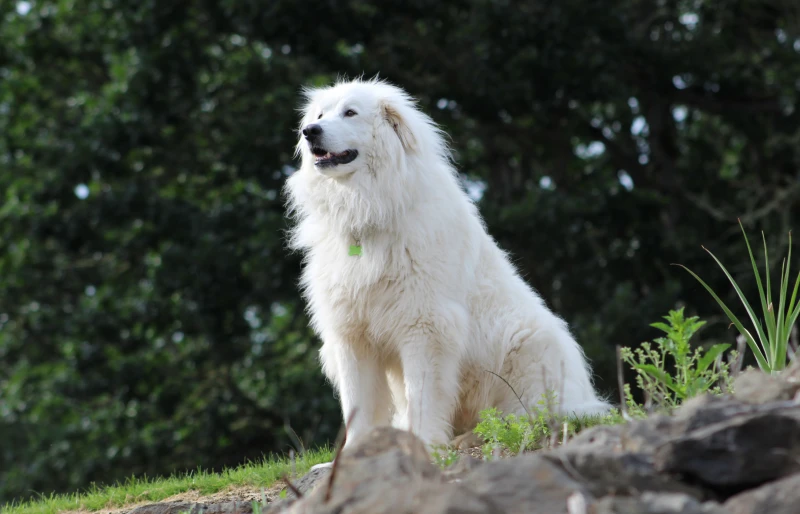
What Does Hypoallergenic Mean?
The term “hypoallergenic” when discussing dogs refers to breeds less likely to trigger allergic reactions in individuals sensitive to pet dander. These breeds typically produce fewer allergens or proteins found in skin cells, urine, and saliva, which can cause allergies to flare up. Note that no dog breed is completely hypoallergenic, as allergens are always present in varying degrees, even with dogs that shed very little.
Why Are Some Dogs Considered Hypoallergenic?
Single Coat
Breeds with a single coat instead of a double coat tend to produce fewer allergens, as double coats can trap more dander. That said, some single-coated dogs shed excessively.
Non-shedding Coats
Shedding is a major source of pet dander, as tiny pieces of skin and saliva residue are attached to the fur. So, dogs that don’t shed much release fewer allergens into the environment.
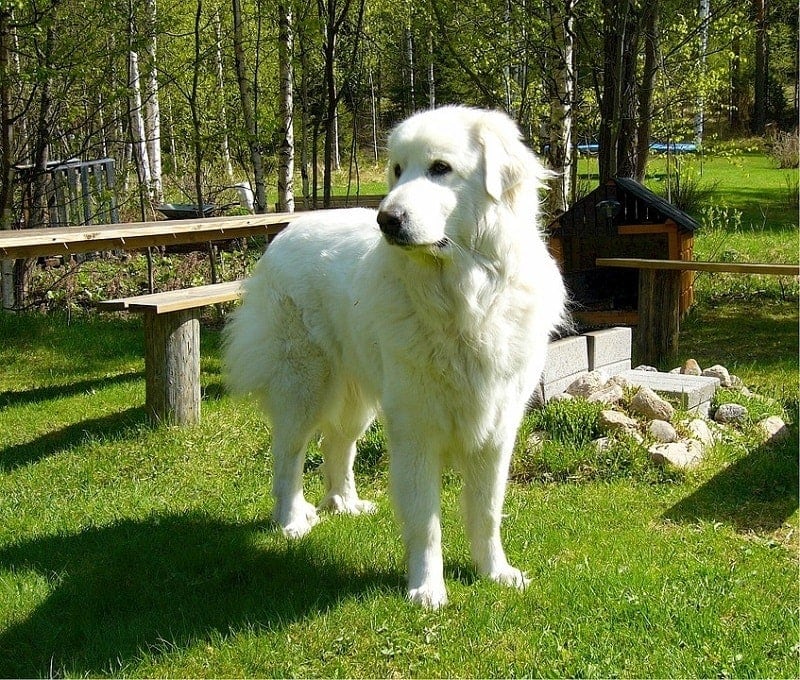
Low Saliva Production
Allergens are present in a dog’s saliva, and less saliva on their fur means fewer allergens spreading when dogs groom themselves. Heavy drooling dogs tend to trigger more allergic reactions.
Great Pyrenees Allergen Management
Designated Pet Areas
Establish certain areas of your home as pet-free zones to create spaces where you or a family member can retreat if allergies flare up.
Frequent Grooming
Keeping up with regular grooming routines, such as brushing and bathing, can help minimize the amount of loose hair and dander in your home.
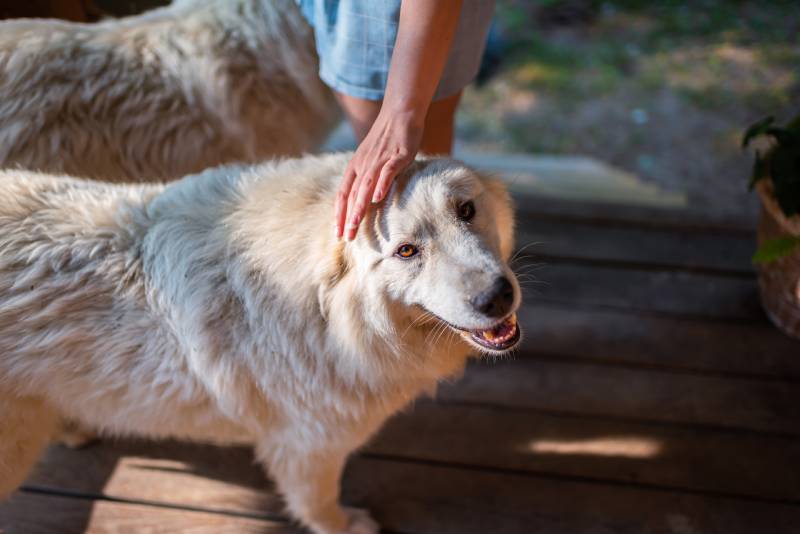
HEPA Filters
Investing in high-efficiency particulate air (HEPA) filters for your home’s ventilation system can help capture allergens and improve indoor air quality. You can also purchase small standalone units to help clean the air in a single room. However, pet dander tends to settle on furniture and floors, so a HEPA air filter is unlikely to reduce the allergenic effects of having a pet very much at all. Hoovering and cleaning surfaces regularly may make more of a difference to the amount of pet dander in your home.
Doctor Consultation
Before bringing a Great Pyrenees into your home, consult your doctor to find an allergist or immunologist to discuss potential strategies for managing your allergies.
What Dog Breeds Are Considered to Be Hypoallergenic?
No dog breed is completely hypoallergenic. All dogs produce some level of allergens. However, the breeds considered to be hypoallergenic produce fewer allergens and are generally better tolerated by allergy sufferers.
- Poodle
- Bichon Frise
- Maltese
- Yorkshire Terrier
- Portuguese Water Dog
- Schnauzer
- Coton de Tulear
- Soft-Coated Wheaten Terrier
- Irish Water Spaniel
- Kerry Blue Terrier
- Lagotto Romagnolo
Frequently Asked Questions
Can People With Allergies Live With Great Pyrenees?
While people with allergies can technically live with Great Pyrenees, it can be challenging due to their shedding, saliva and dander production. Managing allergies with proper grooming, cleaning, and medical consultation is essential. Having a pet-free area of the house can also help.
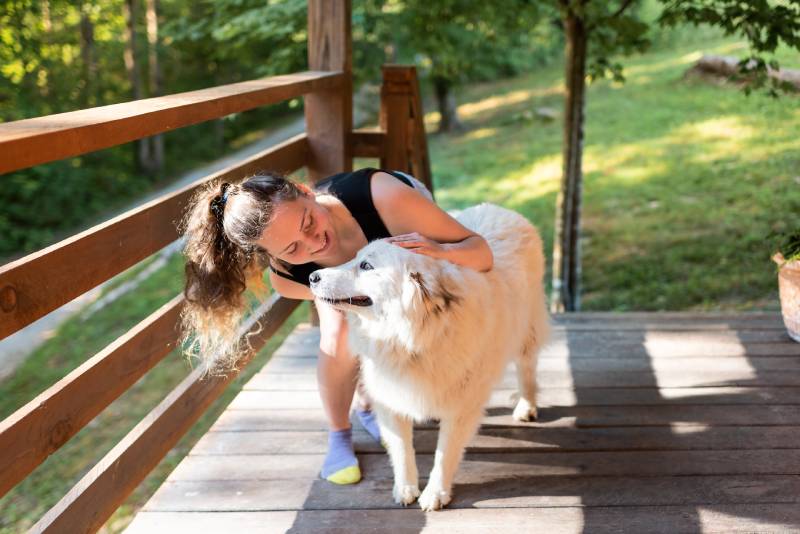
Can Allergies Develop Even If I Haven’t Had Allergies Before?
Yes, you can develop allergies later in life, even if you never had allergies before. Environmental factors, genetics, and prolonged exposure to allergens can all contribute to adult-onset allergies.
Are There Any Large Hypoallergenic Dog Breeds?
There are a few large hypoallergenic dog breeds, such as the Standard Poodle and the Portuguese Water Dog. While large breeds tend to shed more, these particular breeds have coats that have been shown to produce more Can f 1 (a major dog allergen). However, an increase in this hasn’t been shown to correlate to more or less of this allergen in the environment. Individual dog and person factors can vary so it is always recommended that you spend time with the individual dog you want to adopt to see how your allergy copes with that dog.
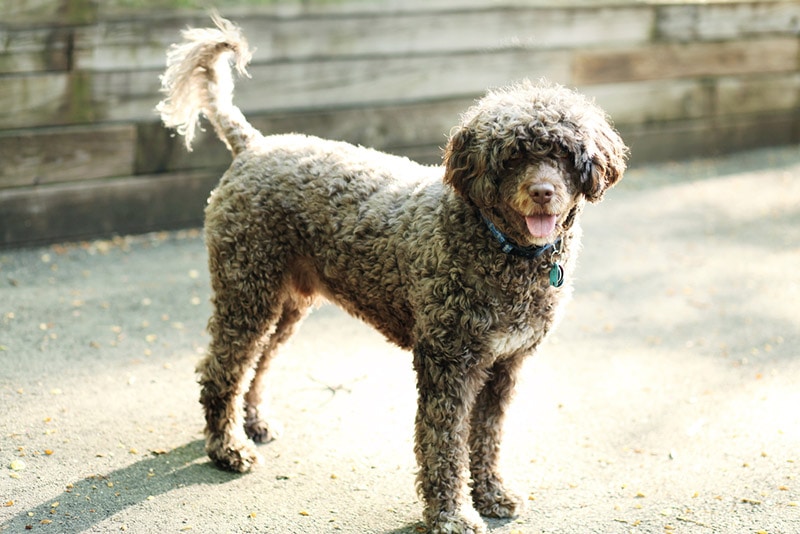
Are There Specific Dog Shampoos or Products That Can Help Reduce Allergens?
There are indeed dog shampoos and products that claim to reduce allergens and dander. These products may help manage allergens on the dog’s coat, but they can’t eliminate them.
Can I Get Allergy Shots to Help With Allergies in Dogs?
Allergy shots or immunotherapy can reduce reactions to dog allergens. However, they require significant commitment, and you should talk with an allergist to determine if they’re the right option for you.

Can Allergies Improve Over Time With Exposure to a Specific Breed?
Repeated and controlled exposure to a specific breed might lead to desensitization and fewer allergic reactions. However, this doesn’t work for everyone, and it’s crucial to consult a medical professional before attempting such exposure as it needs to be done in a specific way.
Do Short-Haired Dogs Produce Less Allergens Than Long-Haired Dogs?
Not necessarily. While short-haired dogs might shed less fur, they can still produce plenty of dander in their saliva and urine.
Summary
The Great Pyrenees is not hypoallergenic and can produce significant allergic reactions in sensitive individuals due to the consistent shedding of their thick double coat. Grooming frequently, and designating certain areas of your home as pet-free zones can help. However, if you are especially sensitive, you might be happier and healthier with a more allergy-friendly pet.
Featured Image Credit: Danita Delimont, Shutterstock




